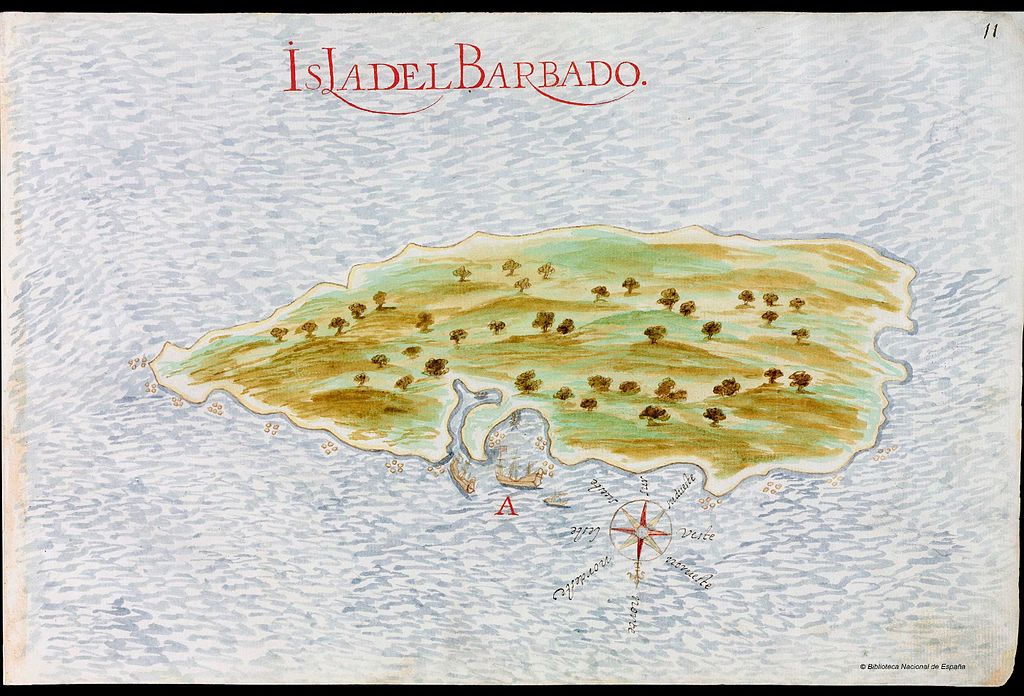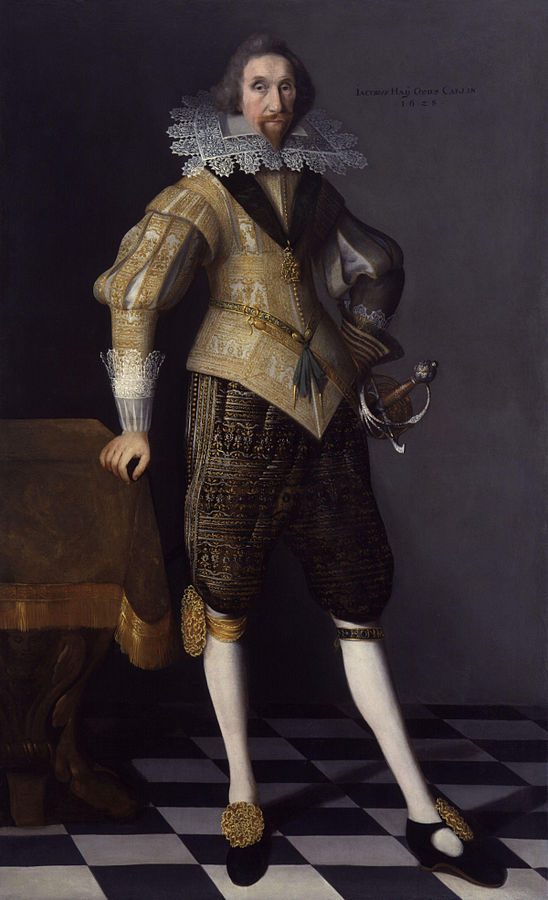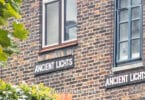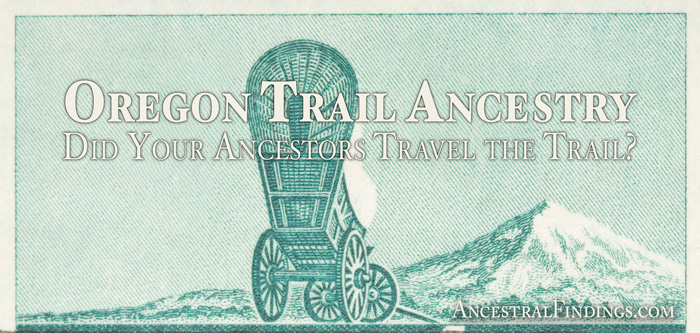Barbados is a Caribbean island that is part of the British colonial network. It was an actual colony from 1625 to 1966. It is now a self-governing constitutional monarchy with Queen Elizabeth II as the titular head of state. It has a long history with humans, going possibly back as far as three thousand years ago, with definite evidence of human habitation existing back to around 1,500 years ago.
The original settlers of the island came from the South American continent and seem to have come in three groups. The first group was known as the Saladoid-Barrancoid, which were followed about 1,200 years ago by the Arawaks, and finally, the Caribs, who came about 600 years ago. The Caribs were the most politically organized among these groups, and they eventually became the rulers of the island until the Europeans discovered it.
The first Europeans to discover the island were the Portuguese, who landed on it in the early 1500s. The island gained notice by Spain soon after and was used by Spain as a raiding ground for slaves that they used to do work for them back on the European continent. In fact, the Spanish took so many of the native Amerindians from Barbados that a Spanish writer claimed in 1541 that the island was uninhabited. Those who lived on the island who weren’t brought to Spain as slaves moved to other nearby islands in the Caribbean that were more easily defended.

The first English ship to make landfall in Barbados was on May 14, 1625. Because England was the first European nation to make a permanent settlement there (unlike the Portuguese and Spanish, who merely visited and raided the island), the English were able to make a proprietary claim to it, which they did that year. It was not England’s first settlement in the Americas, as permanent settlements had been established at Jamestown in 1607, Bermuda in 1609, and Plymouth in 1620. Though it was not the first settlement, it quickly became the third largest English colony in the Americas.
Also, Barbados was originally owned by a single person, Sir William Courten, a merchant from London. It was he who made a claim to the island and acquired the title to it from the crown. Therefore, the first colonists to live on Barbados were actually Courten’s tenants, and a large portion of the profits of their labor there was given to him and his company.

William Courten maintained ownership of the island until 1639 when his title was transferred to James Hay, the 1st Earl of Carlisle. James Carlisle chose Henrey Hawley as governor of the island, a move made to appease the residents there who might otherwise have opposed his ownership of the island, as it was widely believed among English settlers on Barbados that Carlisle stole the title from Courten.
Between 1640 and 1660, Barbados attracted more than two-thirds of the number of people from England who emigrated to the Americas. There were around 44,000 settlers living there in 1650. This was compared to 12,000 settlers living in Virginia and 23,000 living in New England that same year. The vast majority of English settlers who came to Barbados during this time period were indentured servants who exchanged five years of labor for their ship’s transport fees. They were also given ten pounds in either money or goods upon being granted their freedom. Before the mid-1630s, they also received a few acres of land when they were freed. But, with so many people coming to the island, there was no more free land to grant after this period in Barbados’s history.
When the English Civil War was going on, rebels and criminals were transported to Barbados by the civilian Puritan government in charge of England at the time. When the monarchy was restored, a large number of these rebels were granted land on the North American continent as compensation for their exile to the island. Life on Barbados was hard at this time in history. Parish records from the mid-1600s on Barbados show four times as many deaths as marriages on the island. Residents were continually being replaced by new arrivals.
The main product on Barbados was initially tobacco. However, that was soon relegated to the domain of Virginia and replaced by sugar. Barbados eventually became famous for its sugar production. Its sugar production was so high that by 1660, Barbados was generating more money in trade than all the other English colonies combined, mostly just by trading in sugar. The island was producing 25,000 tons of sugar annually in 1700, as opposed to 20,000 annually for Brazil, 10,000 for the French colonial islands, and 4,000 for the Dutch colonial islands at this time.
Barbados remained much the same as it was during its beginnings during its time as an English colony. The only difference was the abolishment of slavery in the mid-1800’s in the colony, and the eventual phasing out of indentured servitude up into the early 20th century. It continued to produce sugar in large volumes and trade this sugar with the rest of the world. The island was dominated by a little over 100 large sugar plantations, owned by wealthy planters.
In 1966, Barbados negotiated its freedom from the British government and became an independent state that year. Its form of government is a constitutional monarchy, with the British monarch as its titular head of state. It has a prime minister who leads the government and a parliament that is democratically elected and makes government decisions on the island. It also maintains its historical connection to England by being a member of the Commonwealth of Nations. It also developed international connections and status through membership in the United Nations and the Organization of American States.
Barbados has a long history as an English colony, as long as or longer than any other. It still maintains close ties to England today, though it is now an independent nation. It has a rich and varied history going back thousands of years. However, its English associations all began in 1625 and are an important part of the island’s culture to this day.






